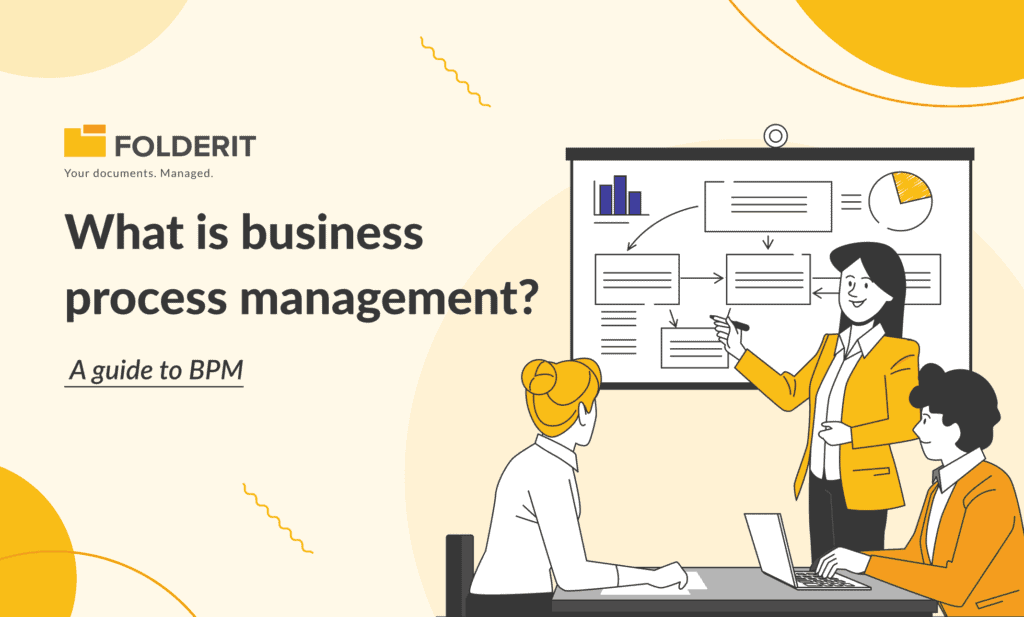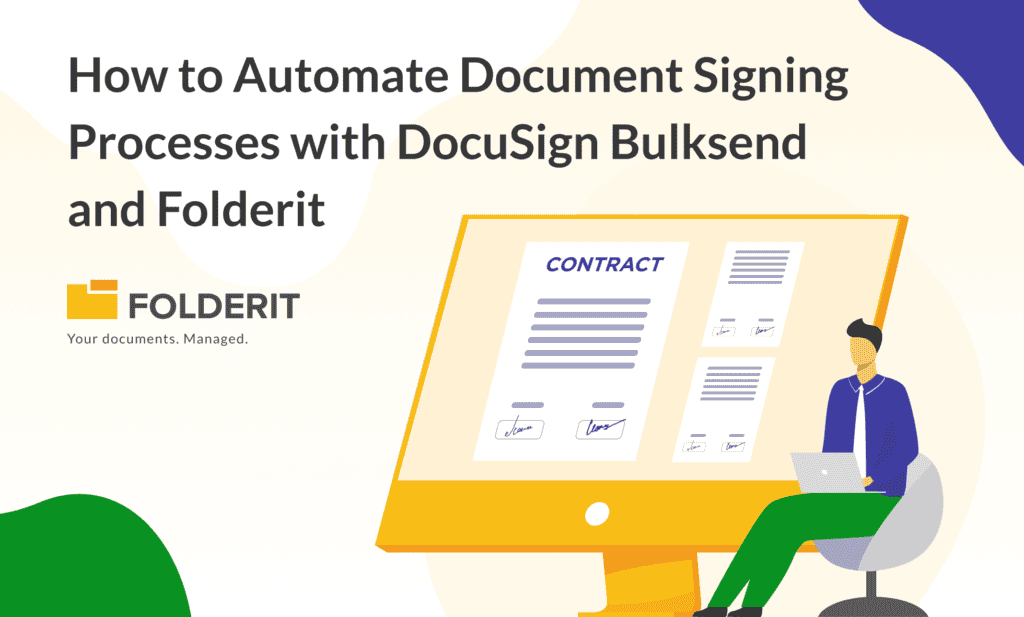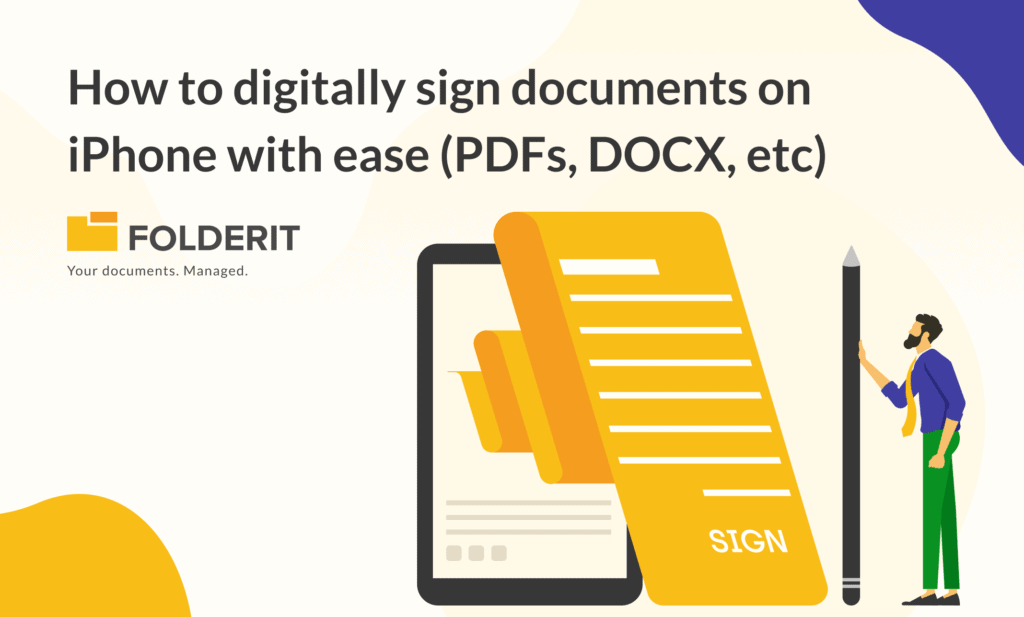Business Process Management (BPM) is an organizational discipline aimed at improving corporate performance by managing and optimizing a company’s business processes. It stands at the crossroads of IT and business processes, offering a systematic approach to making an organization’s workflow more effective, more efficient, and more capable of adapting to an ever-changing environment.
The Evolution of BPM
The concept of BPM is not new; it has evolved significantly over the years. Initially rooted in manufacturing to improve production efficiency and quality control, BPM has transcended its early applications to become a cornerstone strategy across various sectors. This evolution has been catalyzed by the advent of information technology, enabling businesses to automate processes that were once manual and time-consuming. Today, BPM encompasses a wide array of tools and techniques, from process modeling and automation to data analytics and improvement methodologies, all aimed at enhancing overall operational efficiency.
Core Components of BPM
- Process Design and Modeling: The foundation of BPM lies in thoroughly understanding and defining the processes at play. This stage involves identifying existing processes, pinpointing inefficiencies, and visualizing future processes that align with business goals.
- Process Execution: Leveraging technology to automate processes where possible, execution is the stage where designed processes are implemented in the real world. This step often employs software tools that manage the execution of the processes as defined in the modeling stage.
- Monitoring and Optimization: Continuous monitoring of processes ensures that they are performing as expected. This feedback loop is crucial for identifying bottlenecks, inefficiencies, or areas for improvement. Based on insights gained, processes can then be optimized to enhance performance.
- Analytics and Decision Making: Advanced analytics play a pivotal role in BPM by providing deep insights into process performance. These insights guide strategic decisions, helping businesses to further refine and optimize their processes.
Benefits of Implementing BPM
Implementing BPM can significantly impact an organization’s agility, efficiency, and overall competitiveness. Key benefits include:
- Increased Efficiency and Productivity: By streamlining operations and reducing redundancies, BPM helps businesses achieve more with less, boosting productivity and operational efficiency.
- Enhanced Agility: In business environments, agility is critical. BPM enables organizations to quickly adapt to market changes, regulatory shifts, or new customer demands.
- Improved Compliance and Risk Management: BPM frameworks help ensure that business processes comply with regulatory standards and policies, thereby mitigating risk.
- Better Customer Satisfaction: Efficient and well-managed processes lead to faster service delivery and higher quality products, which in turn enhance customer satisfaction and loyalty.
BPM Methodologies and Approaches
Several methodologies underpin BPM, each offering different perspectives and tools for process improvement.
- Lean Management: Focuses on value creation for the end customer with minimal waste. It identifies and eliminates non-value-adding activities, streamlining processes to enhance efficiency and deliver quality.
- Six Sigma: Aims at improving the quality of process outputs by identifying and removing the causes of defects and minimizing variability in manufacturing and business processes. It uses a set of quality management tools, including statistical analysis.
- Agile Methodology: Emphasizes flexibility and customer satisfaction through continuous delivery of functional business processes. Agile BPM adapts to changes quickly, encouraging collaborative efforts among cross-functional teams for iterative process improvement.
Technology’s Role in BPM
The integration of cutting-edge technologies has significantly transformed BPM. Artificial Intelligence (AI) and Machine Learning (ML) have introduced intelligent automation, enabling systems to learn from data, make decisions, and improve over time. Robotic Process Automation (RPA) automates repetitive tasks, freeing human resources for more strategic work. Moreover, low-code/no-code platforms have democratized the creation and modification of business processes, allowing non-technical users to contribute to BPM initiatives.
The Role of Document Management Systems in BPM
Document Management Systems (DMS) such as Folderit play a crucial role in BPM by organizing, securing, and making documents easily accessible, thus supporting the automation and efficiency of business processes. A DMS integrates seamlessly with BPM tools, enabling real-time access to necessary documentation, ensuring compliance through better control and tracking, and facilitating collaboration among stakeholders by providing simultaneous document access. This synergy between DMS and BPM ensures that document-driven processes are streamlined, enhancing overall business efficiency and decision-making capabilities.
BPM Trends to Watch in 2024
- Full-Cycle Process Mining: Innovations in process mining facilitate the discovery and improvement of process maps without expert intervention, making BPM tools more accessible and effective.
- Adaptive Process Management: Acknowledging that business processes don’t follow a rigid sequence, adaptive process management allows for flexibility in handling varying scenarios, enhancing the agility of BPM solutions.
- Process Automation with Bots: The deployment of bots in process automation signifies a move towards more dynamic and intelligent workflows, capable of performing complex tasks with high efficiency.
- Low-Code/No-Code Revolution: The continued rise of low-code/no-code platforms is expected to streamline process improvement further, making BPM more accessible to a broader audience.
- Real-Time BPM Tools: The shift towards real-time operation and agility in BPM tools underscores the importance of immediacy and flexibility in maintaining competitive edge.
- Generative AI in BPM: Generative AI’s ability to automate workflows and specific tasks presents a new frontier in BPM, promising to reshape business processes for better alignment with organizational goals.
Implementing BPM in Your Organization
Implementing BPM in your organization involves strategic planning and execution. Start by defining clear objectives aligned with your business goals. Engage stakeholders across departments to ensure buy-in and gather diverse insights. Choose the right BPM tools that fit your organizational needs, with Folderit offering a robust platform for document management within the BPM framework. Train your team on BPM principles and the selected tools to ensure effective utilization. Monitor, analyze, and continuously refine your processes based on feedback and performance metrics to achieve optimal efficiency and adaptability.
Conclusion
BPM is a dynamic field that continues to evolve, driven by technological advancements and changing business needs. As organizations look to stay competitive, understanding and implementing effective BPM strategies will be crucial. By leveraging the latest trends and technologies, businesses can optimize their processes, enhance efficiency, and ultimately, drive success in an ever-changing landscape.



